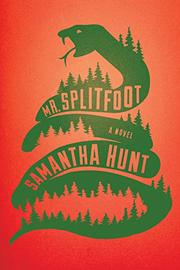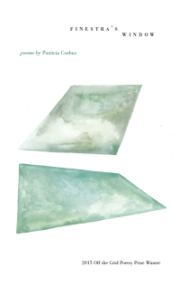A story by alum Michelle Collins Anderson (fiction, ’13) appears at Literal Latté:
I got the note in Esmé’s backpack this afternoon: her long black cape has become “a distraction to the class” and she is no longer welcome to wear it to school. There was no mention of the wand. It is difficult to be a wizard among “Muggles” — your average, run-of-the-mill human beings. Just as I am finding it difficult to be human when I would gladly summon magic or pray for miracles. Justin is with the hospice nurse now. She is checking his vital signs, making notes, checking the log of medications — the amounts, the times given — that I keep so meticulously, my letters curling around the white spaces of the chart. Soon she will bathe him, a sponge bath that will clean away the perspiration but will not erase the yellow of his skin. She will let me do the shampooing and the shaving: I insist. Justin was not — is not — a vain man, but he did love his hair. It is thick and black and edged with gray; he liked to keep it just the slightest bit long, which gave him the rumpled professor look I love. He is an artist, a painter, but made his living as the creative director at a local ad agency — overseeing all the words and images that go into ads and commercials and websites. He is what they call a “creative guru,” a “big idea” man: he sees forest, not trees; constellations rather than stars.
Continue reading online…




